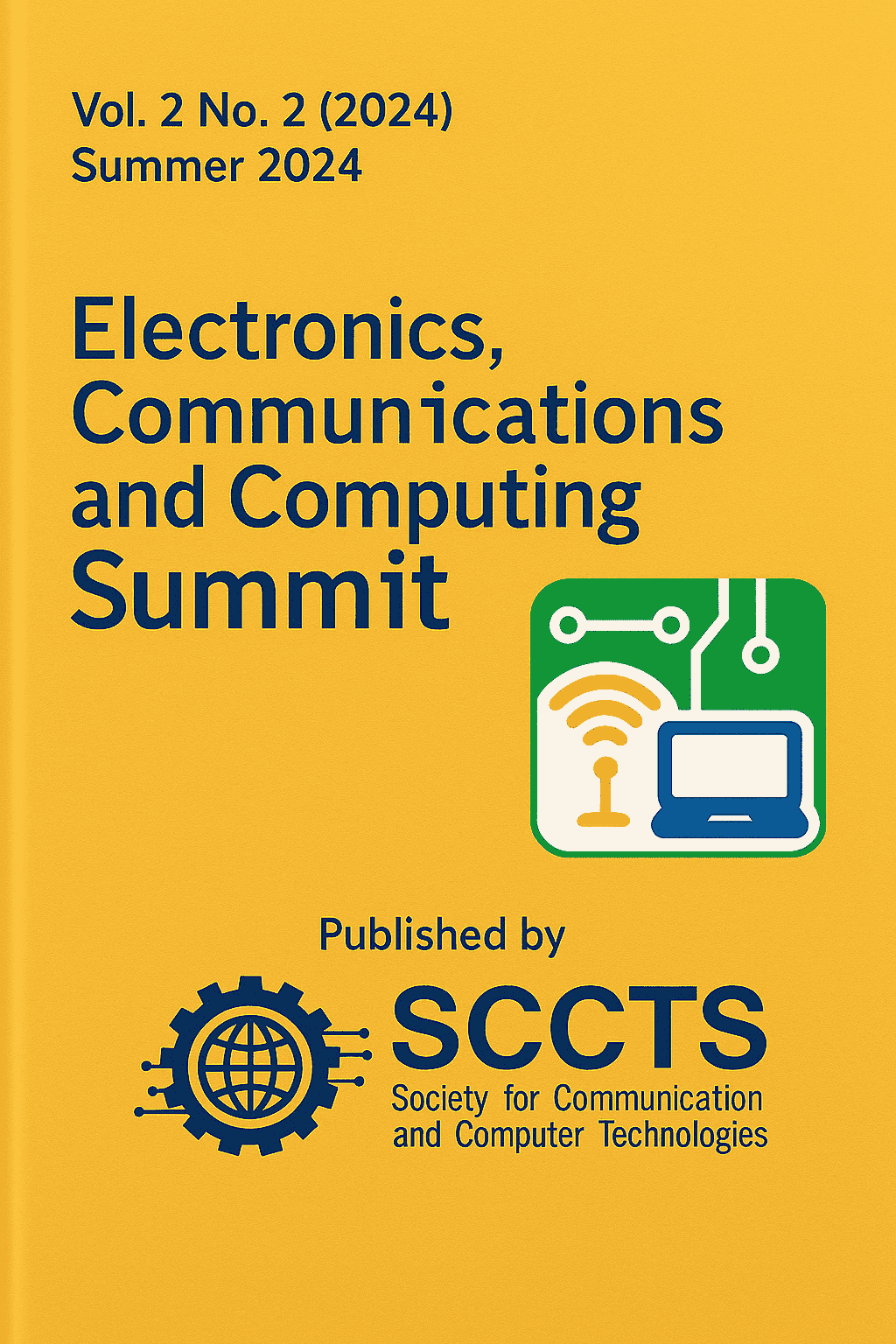Neuromorphic and Fault-Tolerant Nanoelectronic Systems: Design Strategies for Brain-Inspired Computing
Keywords:
Neuromorphic Computing, Fault-Tolerant Nanoelectronic Systems, Spiking Neural Networks (SNNs), Memristor-Based Architectures, Redundancy and Error-Resilient Design, Brain-Inspired Hardware ReliabilityAbstract
Neuromorphic computing is a radically new way of doing artificial intelligence inspired by the structure and functioning of biological neural networks to deliver ultra-low power, event-driven, and massively parallel computation. The sensitivity of these systems to faults propagated by process variation, aging, soft errors, and environmental perturbation becomes a critical issue as they switch over to nanoelectronic hardware implementations (using CMOS, memristors, and phase-change memory and emergent technologies). The interplay between neuromorphic design and nanoscale electronics now requires the development of new approaches to reliability, robustness, and fault tolerance throughout the system stack. The current review provides a carefully-structured review and analysis of approaches to fault-tolerant design of neuromorphic nanoelectronic systems. Key fault sources are classified and examined, focusing on transient faults, permanent defects and device-level stochastic behaviours, and determining their effect on spiking neural network (SNN) performance, their learning behaviour and robustness of their respective systems. The choices discussed in the review, include hardware- and algorithm-level solutions, such as redundancy mechanisms, approximate computing models, adaptive routing, and self-healing circuits. Particular importance is given to bio-inspired fault resilience mechanisms, e.g. synaptic plasticity and structural reconfiguration, that allow systems to continue to function despite degradation.
We identify some of the recent benchmark implementations, such as Intel Loihi, IBM TrueNorth, DYNAPs, and newer memristive SNN frameworks, on which we speculate about architectural agentic resilience characteristics and design considerations. By means of a comparative analysis, we explain the effectiveness of varying fault mitigation methods and suggest a taxonomy of assessing system-level reliability in neuromorphic architecture. Lastly, we glean on research challenges that are still open such as scalability under variability, online fault detection, cross layer co-design, and standardisation of fault tolerance metrics. The acquired experience in this review will form the basis of future advances in the realization of energy-innovative, reliable, and brain-like nanoelectronics computing systems in edge AI, robotics, and cognitive application in a new generation.



